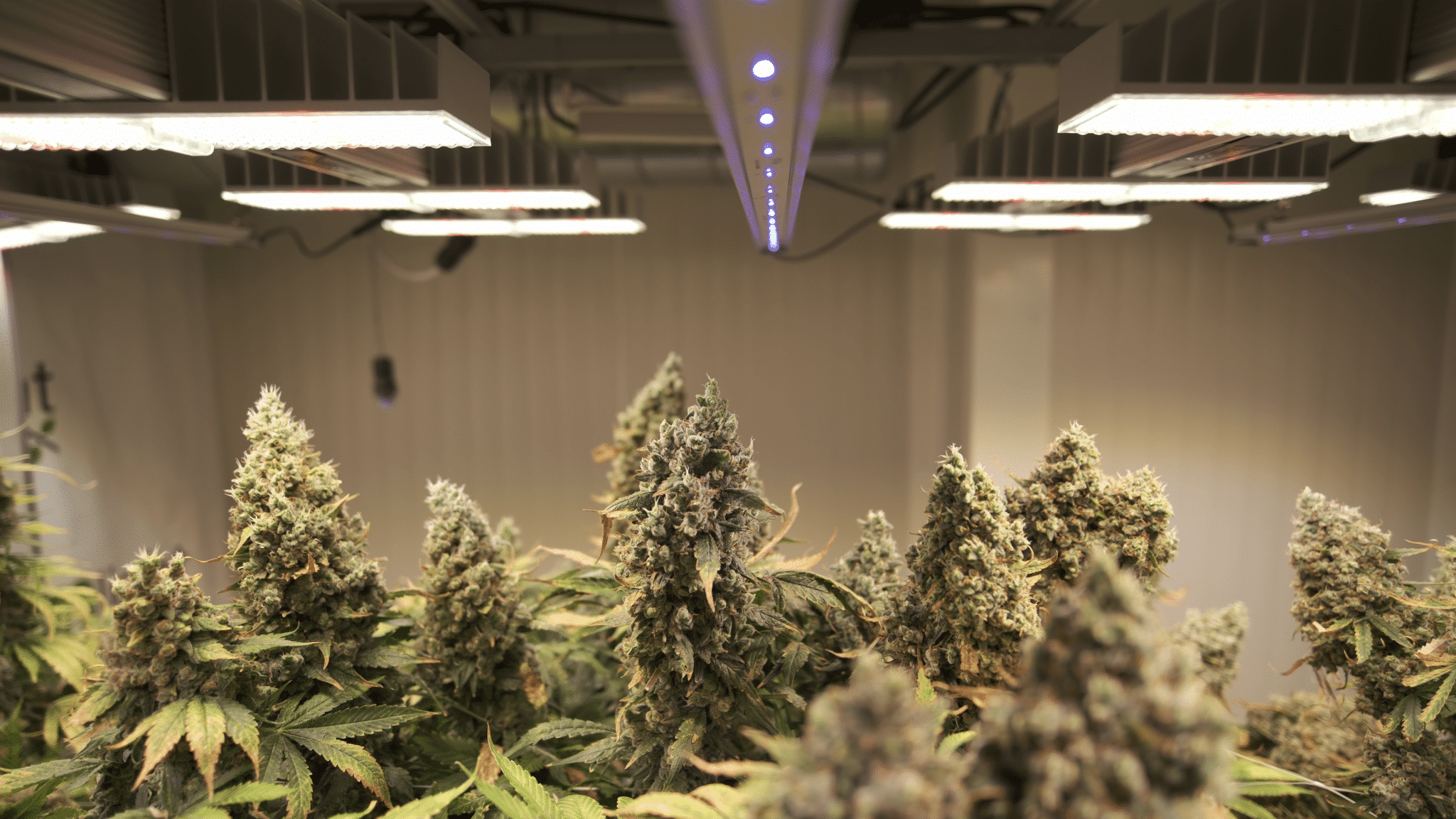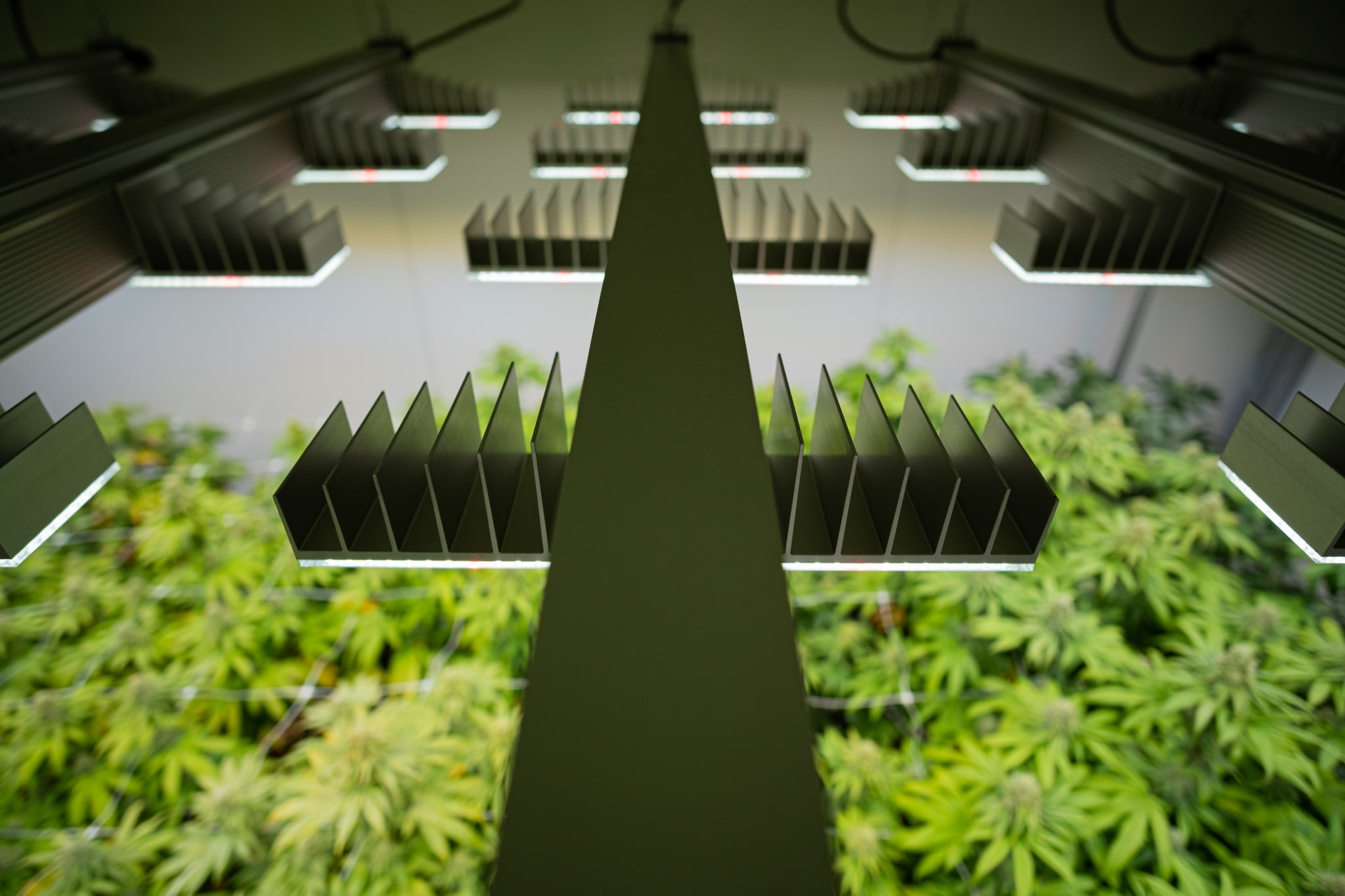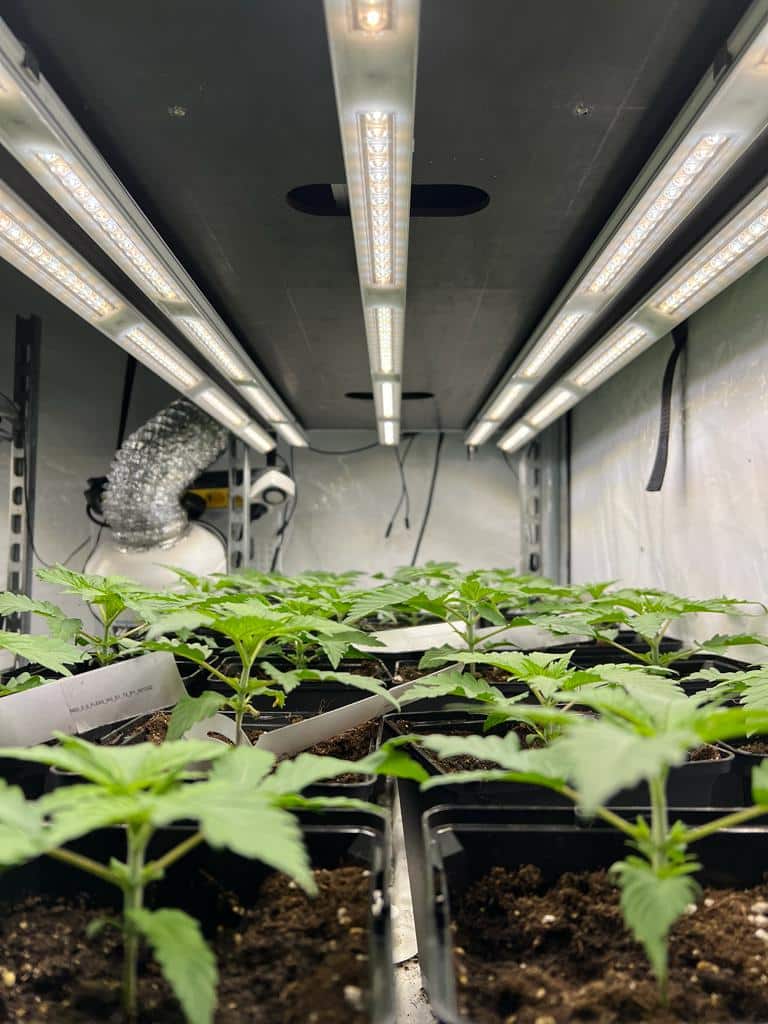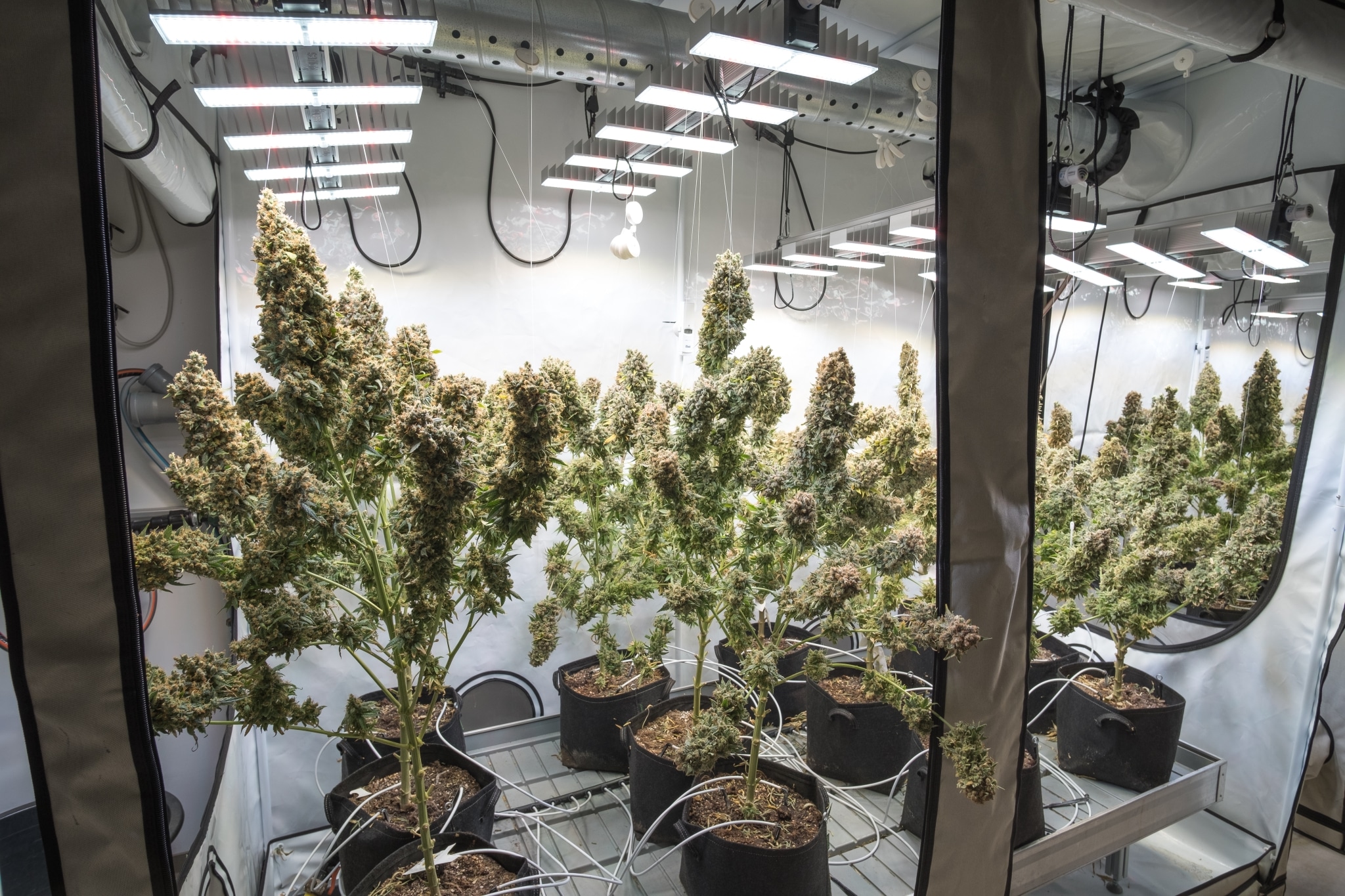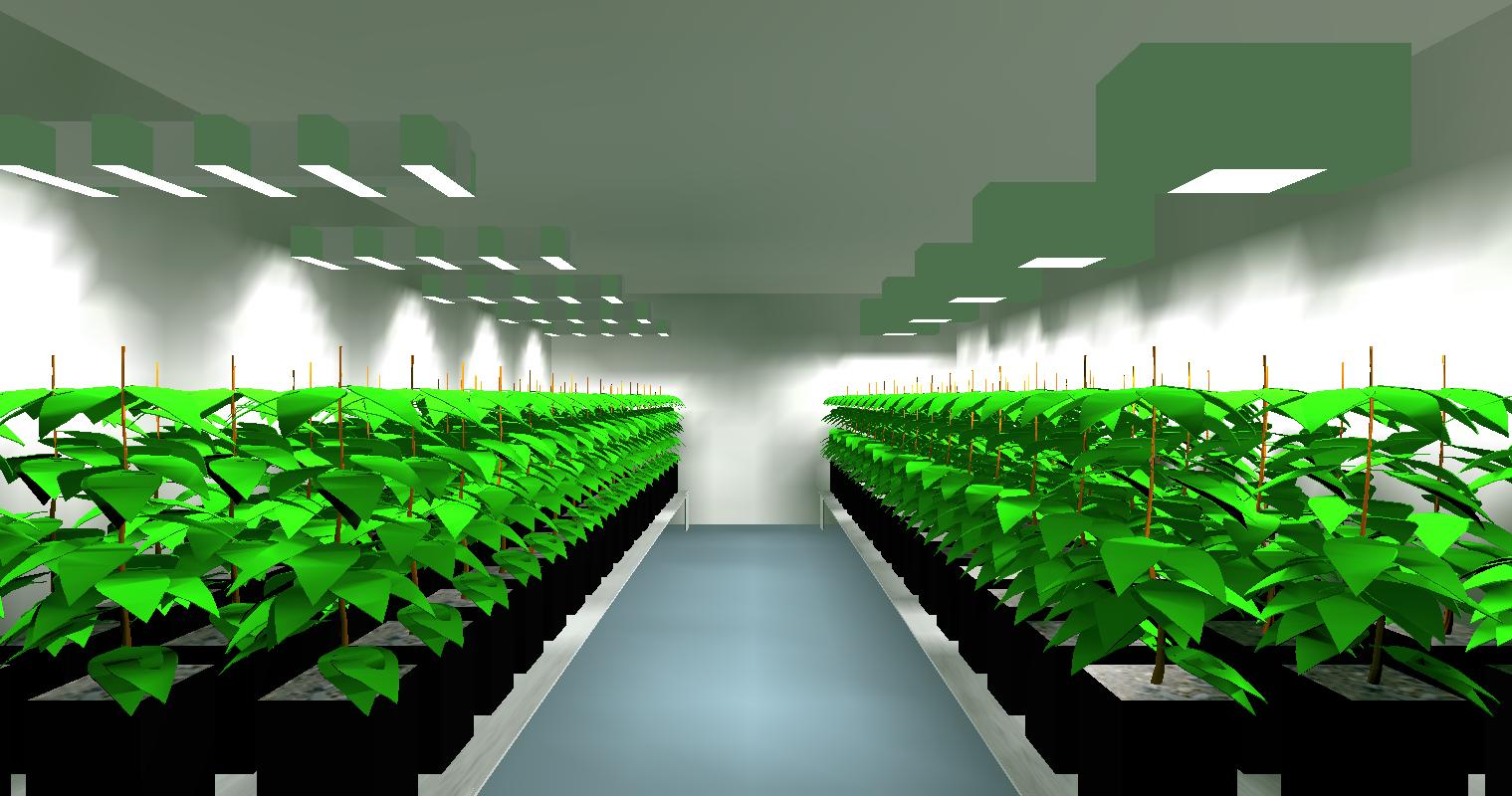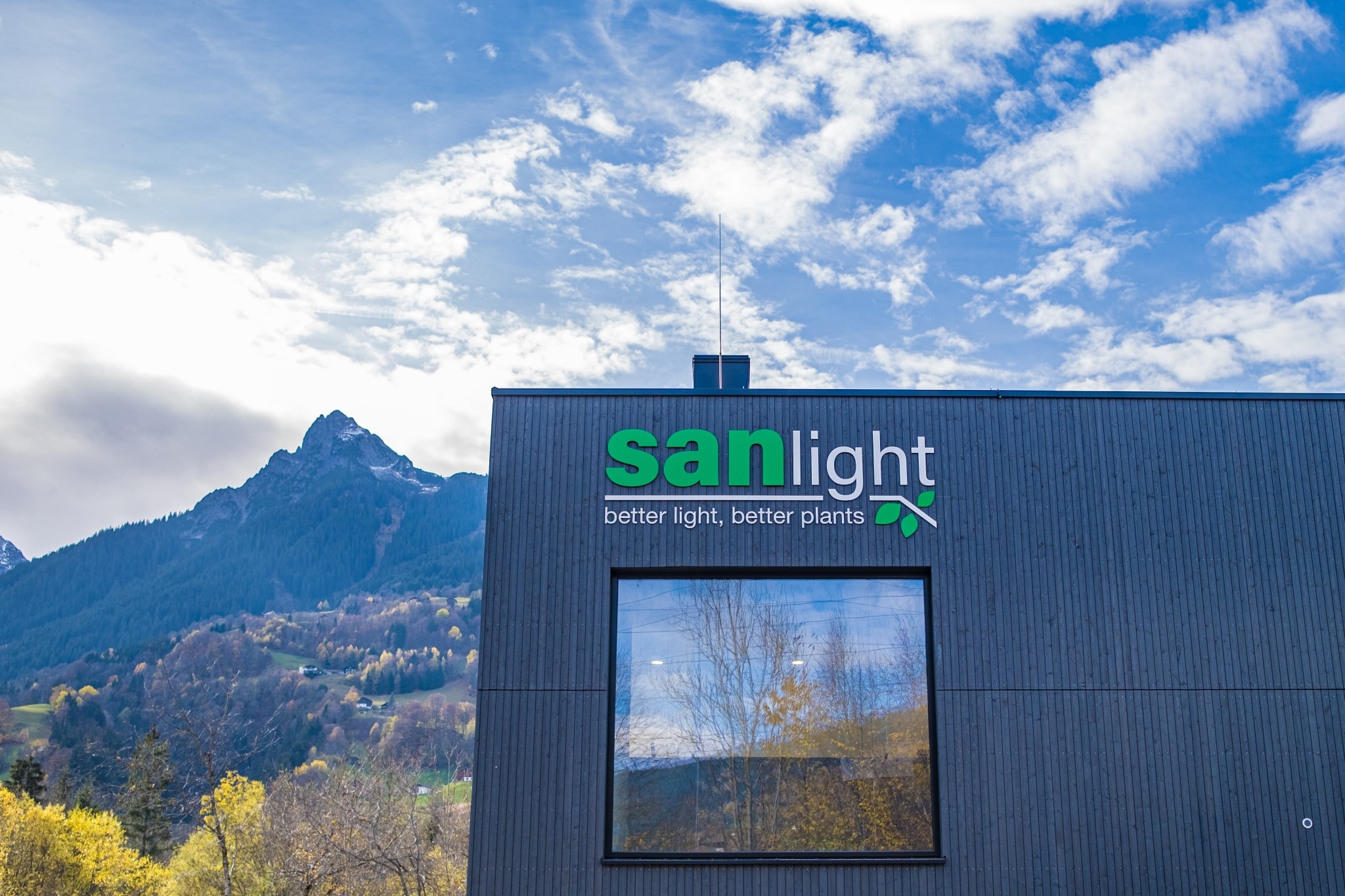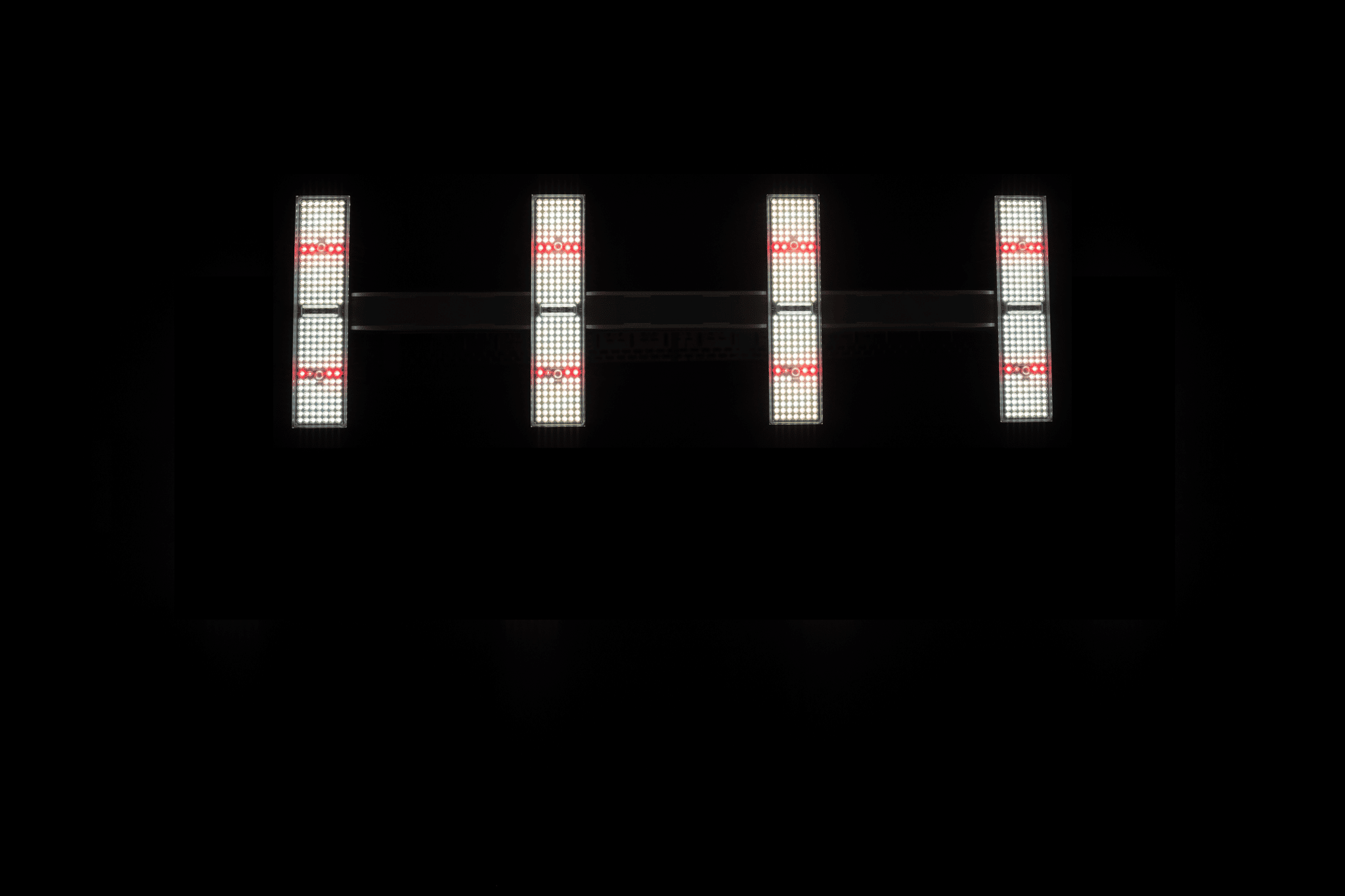
SANlight FAQ:
Help!!! Is my new SANlight EVO broken?
You just got a new SANlight EVO, happily unpacked it, hung it up correctly, and plugged it in. Still, as soon as the light is on, you notice that a small LED chip on each module isn’t working? Coincidence? No. We clarify this in this blog!
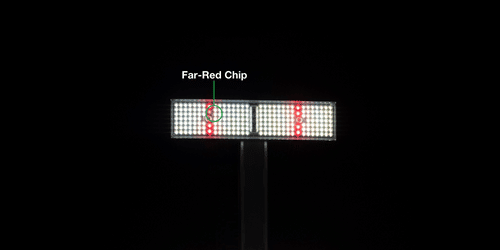
PAR
To understand why it appears that a small LED chip doesn’t work, we first need to take a closer look at the PAR range. Since the 1970s, it has been known that plants perform most of their photosynthesis using the wavelength ranges between 400-500nm (blue), 500-600nm (green), and 600-700nm (red), with the highest responses in the blue and red wavelength ranges. It was even assumed for a long time that plants could not photosynthesize with the green wavelength range because, in monochromatic experiments with chlorophyll, the chlorophyll did not react to green light. However, it is now known that this range is also an essential subrange of the PAR spectrum.
The light spectrum of the EVO series
The broadband light spectrum of the EVO series has been tested, optimized, and retested in countless empirical trials in our laboratories. Since 2012, the SANlight spectrum covers not only the classic PAR range of 400 -700nm, but goes up to 750nm. The additional Far Red in our light spectrum maximizes the photosynthesis rate and ensures the plants’ natural morphogenesis. This Far Red makes it appear that one chip per module is damaged. But, for our human eye Far Red is almost invisible in the wavelength range of 701-750nm, and we can hardly perceive this light color with our vision. Therefore, it seems that one LED chip of your SANlight is broken.

